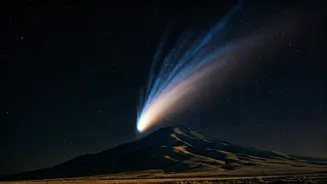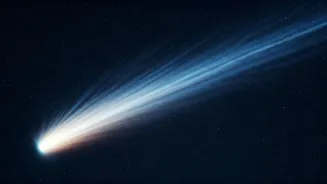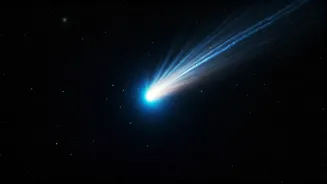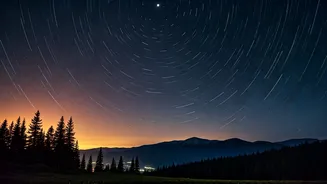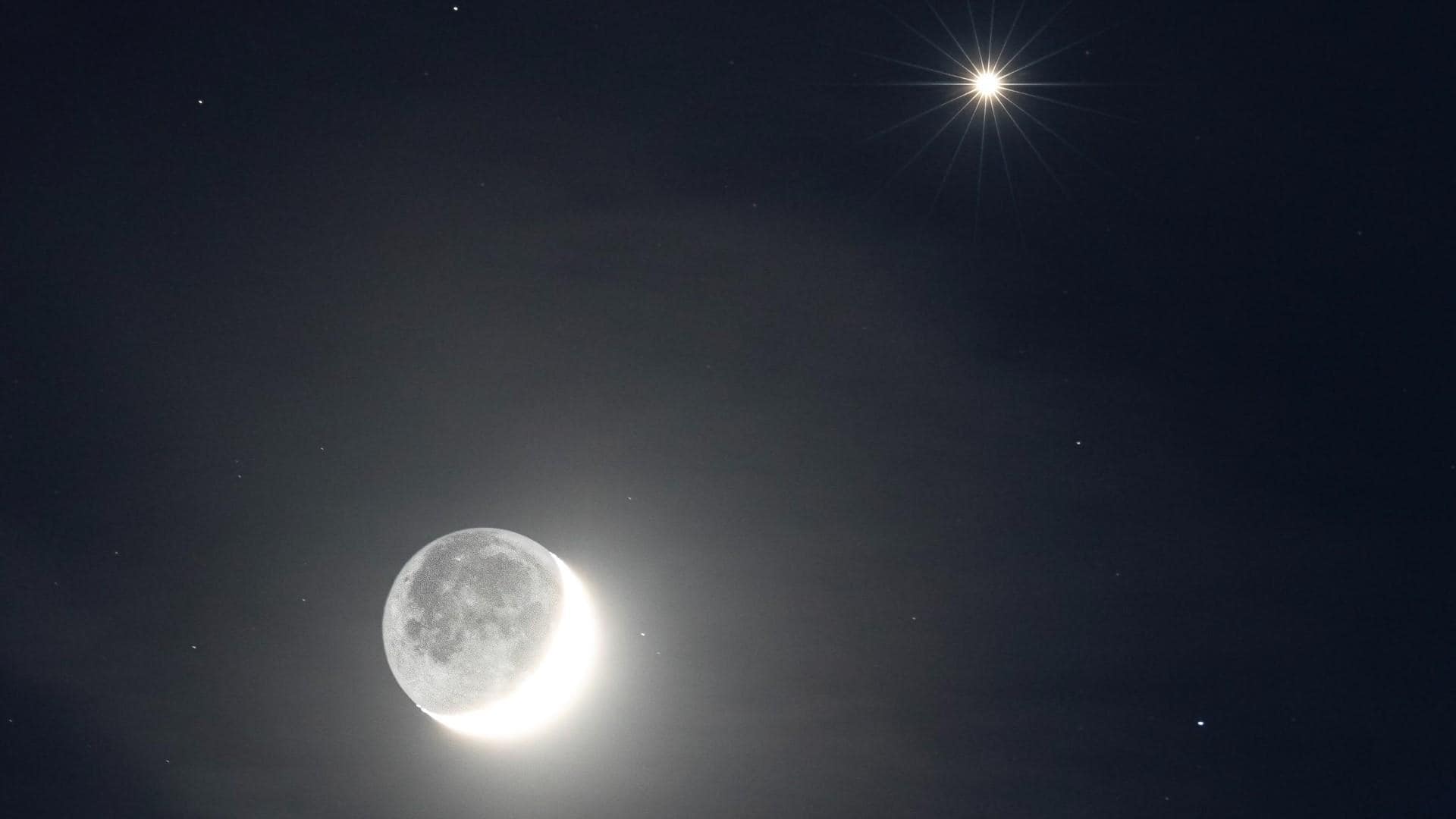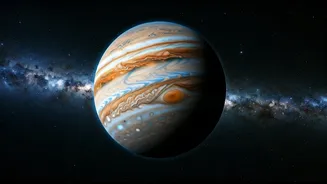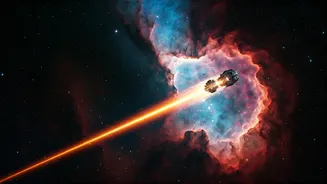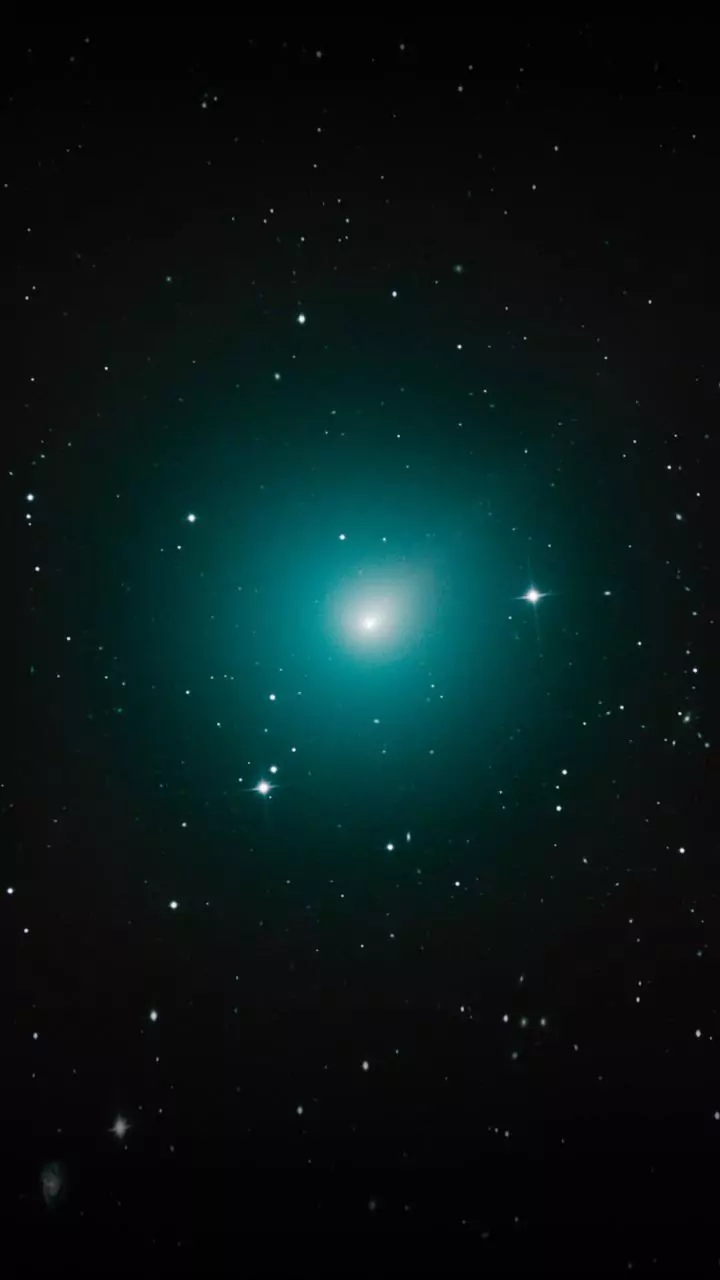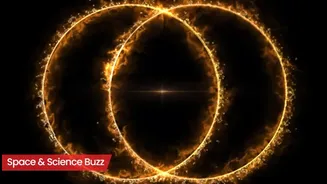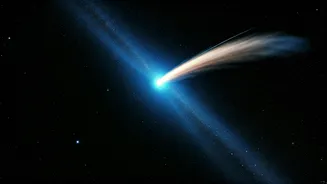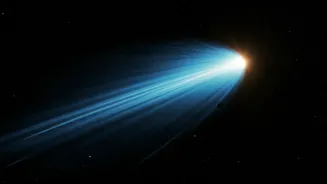Comet's Grand Arrival
Comets, often referred to as 'dirty snowballs,' are composed of frozen gases, rock, and dust that originate from the outer reaches of our solar system.
Comet C/2025 R2 (SWAN) is named after the SWAN (Solar Wind Anisotropies) instrument aboard the SOHO (Solar and Heliospheric Observatory) spacecraft, which first detected it. These comets orbit the sun and as they get close to the sun they start to release gas and dust into a glowing coma, usually resulting in a spectacular tail. The approach of Comet C/2025 R2 (SWAN) on October 21st will allow people to look up into the night sky and enjoy a possible celestial treat. However, the brightness of comets can vary, and its visibility is dependent on the comet's activity level and the viewing conditions, but with the right conditions and a little patience, this comet could be visible to the naked eye or through binoculars.
Spotting the Comet
To locate Comet C/2025 R2 (SWAN), it's important to understand the best viewing practices. First, it is best to find a location that has minimal light pollution. This is extremely important, as light pollution can make the comet much harder to view. Secondly, it is beneficial to look at it during a new moon phase, as there will be less light from the moon which would interfere with the visibility of the comet. One can use astronomy apps or online sky charts to pinpoint the comet’s location. These tools are extremely helpful, as they will help the user determine where the comet will be in the sky based on time and date. Binoculars or a small telescope can greatly enhance your viewing experience, potentially allowing you to see the comet's tail and the details of its coma. Patience is key when observing comets; give your eyes time to adjust to the darkness, and be prepared to spend some time searching the sky. Observing the comet in the darkest possible conditions will yield the best chance of visibility and appreciation.
Understanding Comets
Comets are remnants from the formation of our solar system, offering invaluable insights into its origins. These celestial bodies spend most of their existence in the frigid depths of space, far from the sun. The composition of a comet is a mixture of ice, dust, and frozen gases. As a comet approaches the sun, the solar radiation causes these ices to sublimate (change from solid to gas), creating a visible coma—a cloud of gas and dust surrounding the comet’s nucleus. The solar wind then pushes this material away, forming the comet's tail. Comets have two main types of tails: a dust tail and an ion tail. The dust tail is created by the dust particles released by the comet, while the ion tail is made up of ionized gases and always points directly away from the sun. Studying comets allows scientists to understand the early solar system, including the ingredients that might have led to the formation of planets and even the origin of life on Earth.
Celestial Wonders Ahead
The appearance of Comet C/2025 R2 (SWAN) on October 21st will be an exceptional experience for people who are interested in space. The comet's appearance is expected to be a memorable event, and it provides a unique opportunity to connect with the vastness of the cosmos. Be ready to observe and explore the night sky for the comet's arrival on October 21st. With careful planning and a bit of luck, you'll be able to witness this beautiful celestial phenomenon. This celestial event also serves as a reminder of the awe-inspiring beauty and complexity of our universe, while also emphasizing the ongoing human fascination with space. So gather your friends, set your sights toward the heavens, and make the most of this upcoming cosmic display!
